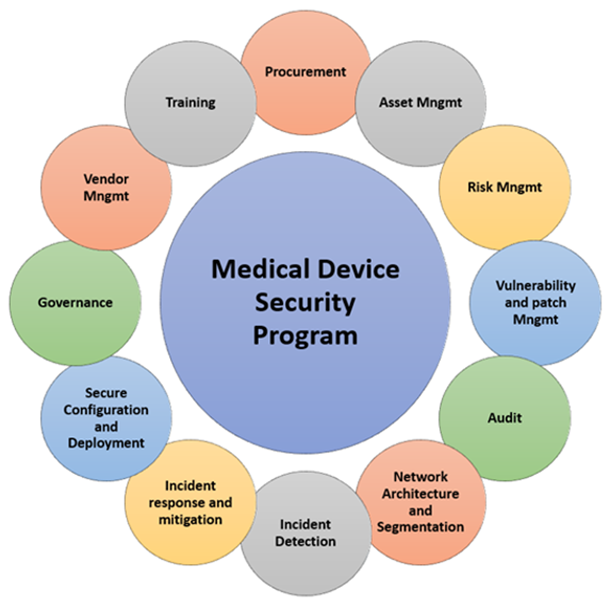The journey to creating safe and secure medical device software is challenging but essential. A misstep can compromise patient safety, data integrity, or compliance. To help you navigate this landscape, here are 10 best practices for ensuring your medical device software is safe, secure, and ready for regulatory scrutiny:

1. Implement a Secure Development Lifecycle (SDL)
- Start with a clear plan for incorporating security into every phase of development. This should include risk assessments, threat modeling, and continuous monitoring.
2. Follow Industry Standards and Regulations
- Align your process with standards like IEC 62304, ISO 14971, and regulatory guidelines from the FDA, TGA, or IMDRF. These frameworks are your roadmap to compliance.
3. Prioritize Risk Management
- Identify and mitigate risks early using a structured approach like Failure Mode and Effects Analysis (FMEA) or Fault Tree Analysis (FTA).
4. Conduct Thorough Threat Modeling
- Map out potential vulnerabilities in your software design and assess the impact of exploits. A proactive approach here can save time and prevent costly redesigns.
5. Leverage SBOM (Software Bill of Materials)
- Use an SBOM to track third-party components and SOUP (Software of Unknown Provenance). This ensures transparency and simplifies vulnerability management.
6. Perform Rigorous Testing
- Incorporate penetration testing, fuzz testing, and dynamic analysis into your verification and validation (V&V) processes. Test early, test often.
7. Design for Cybersecurity Resilience
- Implement security features like encryption, authentication, and secure booting to safeguard your software from attacks.
8. Ensure Traceability
- Maintain clear traceability between requirements, design, code, and testing. This is not only critical for compliance but also helps ensure nothing is overlooked.
9. Establish a Post-Market Surveillance Plan
- Be prepared to address cybersecurity vulnerabilities after product launch. Continuous monitoring and timely updates are key to maintaining device safety.
10. Foster Cross-Functional Collaboration
- Work closely with cross-disciplinary teams, including cybersecurity experts, software engineers, and regulatory professionals, to build a holistic development approach.
Developing medical device software that is both safe and secure is a responsibility that extends beyond code. By following these best practices, you not only protect patients but also build trust and confidence in your products.
#MedicalDeviceSoftware #Cybersecurity #SaMD #FDACompliance #IEC62304 #ISO14971 #RiskManagement #SoftwareDevelopment #HealthTech #PatientSafety
